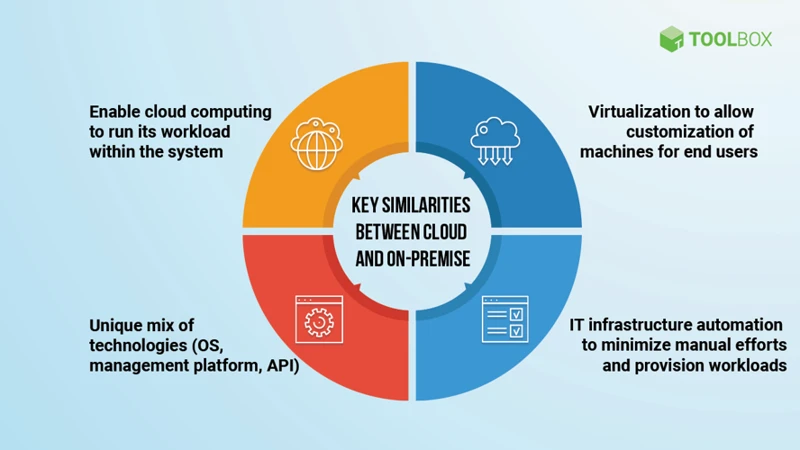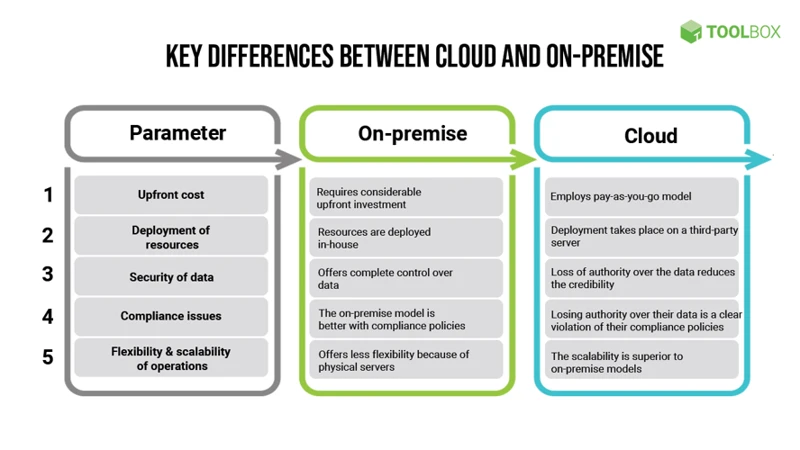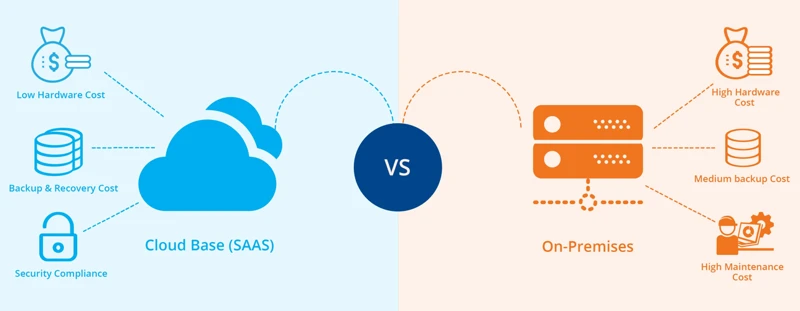In the realm of video surveillance, businesses and organizations have traditionally relied on on-premises solutions to safeguard their premises and assets. However, with the advent of cloud technology, a new paradigm has emerged in the form of cloud-based video surveillance systems. This shift has sparked a debate among security professionals and decision-makers regarding the merits of cloud versus on-premises video surveillance solutions. In this article, we will delve into the key differences between these two approaches and explore their respective advantages and limitations.
Overview of On-Premises Video Surveillance

On-premises video surveillance systems involve the installation of cameras, recording devices, and monitoring equipment on-site at the premises being monitored. These systems are typically owned and managed by the organization itself, giving them full control over the infrastructure and data. On-premises solutions are known for their reliability and security, as all video footage is stored locally and not transmitted over external networks.
Advantages of On-Premises Video Surveillance
1. **Data Security:** One of the primary advantages of on-premises video surveillance is data security. Since the video footage is stored locally, it is less vulnerable to cyber threats and unauthorized access.
2. **Customization:** Organizations have greater flexibility in customizing on-premises surveillance systems to meet their specific security needs and compliance requirements.
3. **Low Latency:** On-premises systems typically offer lower latency compared to cloud-based solutions, ensuring real-time monitoring and response capabilities.
Limitations of On-Premises Video Surveillance
1. **High Upfront Costs:** Setting up an on-premises video surveillance system can be costly due to the need for hardware, software, and infrastructure investments.
2. **Limited Scalability:** Scaling an on-premises system can be challenging, especially for organizations with multiple locations or rapidly expanding operations.
3. **Maintenance Overhead:** Maintaining and upgrading on-premises surveillance systems requires dedicated IT resources and expertise, adding to operational costs.
Overview of Cloud-Based Video Surveillance

Cloud-based video surveillance solutions, on the other hand, leverage cloud infrastructure and services to store, manage, and analyze video footage remotely. These systems offer a more flexible and cost-effective alternative to traditional on-premises setups, allowing organizations to access their surveillance data from anywhere with an internet connection.
Advantages of Cloud-Based Video Surveillance
1. **Scalability:** Cloud-based video surveillance systems can easily scale up or down based on the organization’s changing needs, making them ideal for businesses with dynamic operations.
2. **Cost-Effectiveness:** Cloud solutions eliminate the need for upfront hardware investments and reduce ongoing maintenance costs, making them a more budget-friendly option for many organizations.
3. **Remote Access:** With cloud-based surveillance, users can access live and recorded footage from any device with an internet connection, enabling remote monitoring and management capabilities.
Limitations of Cloud-Based Video Surveillance
1. **Dependence on Internet Connection:** Cloud-based systems rely on a stable internet connection for data transmission, which can be a limitation in areas with poor connectivity or during network outages.
2. **Data Privacy Concerns:** Storing sensitive video data in the cloud raises concerns about data privacy and compliance, especially with regulations like GDPR and HIPAA.
3. **Security Vulnerabilities:** Cloud-based systems may be susceptible to cyber threats and hacking attempts if proper security measures are not in place, posing risks to the integrity of surveillance data.
Key Considerations for Choosing Between Cloud and On-Premises Video Surveillance

When deciding between cloud and on-premises video surveillance solutions, organizations should consider the following factors:
Security and Compliance Requirements
Organizations with strict security and compliance requirements may opt for on-premises solutions to have full control over their data and infrastructure. However, cloud providers are also investing heavily in security measures to address concerns around data protection and regulatory compliance.
Cost and Budget Constraints
Budget considerations play a significant role in the decision-making process. While cloud-based solutions offer cost savings in terms of upfront investments and maintenance, on-premises systems may be more cost-effective in the long run for organizations with stable operations and predictable growth.
Scalability and Flexibility
The scalability and flexibility of video surveillance systems are critical for businesses that anticipate growth or have fluctuating surveillance needs. Cloud-based solutions excel in scalability, allowing organizations to adapt to changing requirements without significant infrastructure investments.
Network Infrastructure and Connectivity
The reliability and speed of the organization’s network infrastructure are essential factors to consider when choosing between cloud and on-premises video surveillance. Organizations with robust internet connectivity may benefit from the flexibility and accessibility of cloud-based systems, while those in remote locations or with limited bandwidth may prefer on-premises solutions.
When it comes to video surveillance, the choice between cloud and on-premise storage can be crucial. To understand the differences better, check out our articles on video quality in wired vs wireless surveillance, wired vs wireless video surveillance, outdoor wired vs wireless video surveillance, and a real-world wireless vs wired video surveillance comparison. These insights will help you make an informed decision for your security needs!
Conclusion
In conclusion, the choice between cloud-based and on-premises video surveillance solutions ultimately depends on the specific needs and priorities of each organization. While on-premises systems offer greater control and security, cloud-based solutions provide scalability, flexibility, and cost-effectiveness. By weighing the advantages and limitations of each approach and considering key factors such as security, cost, scalability, and network infrastructure, organizations can make an informed decision that aligns with their surveillance objectives and operational requirements. Whichever option they choose, investing in a robust video surveillance system is essential for enhancing security, monitoring operations, and protecting assets in today’s dynamic business environment.







